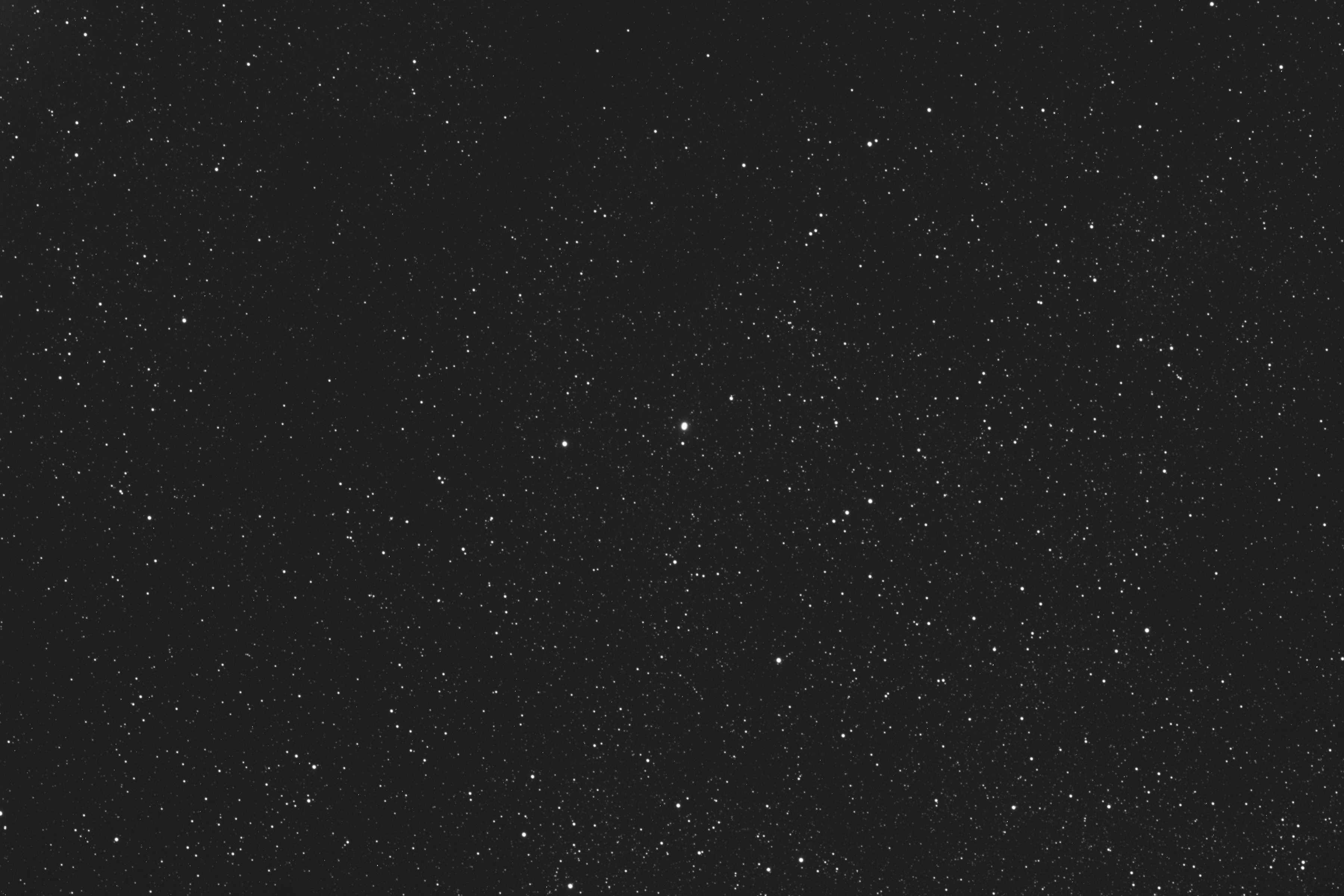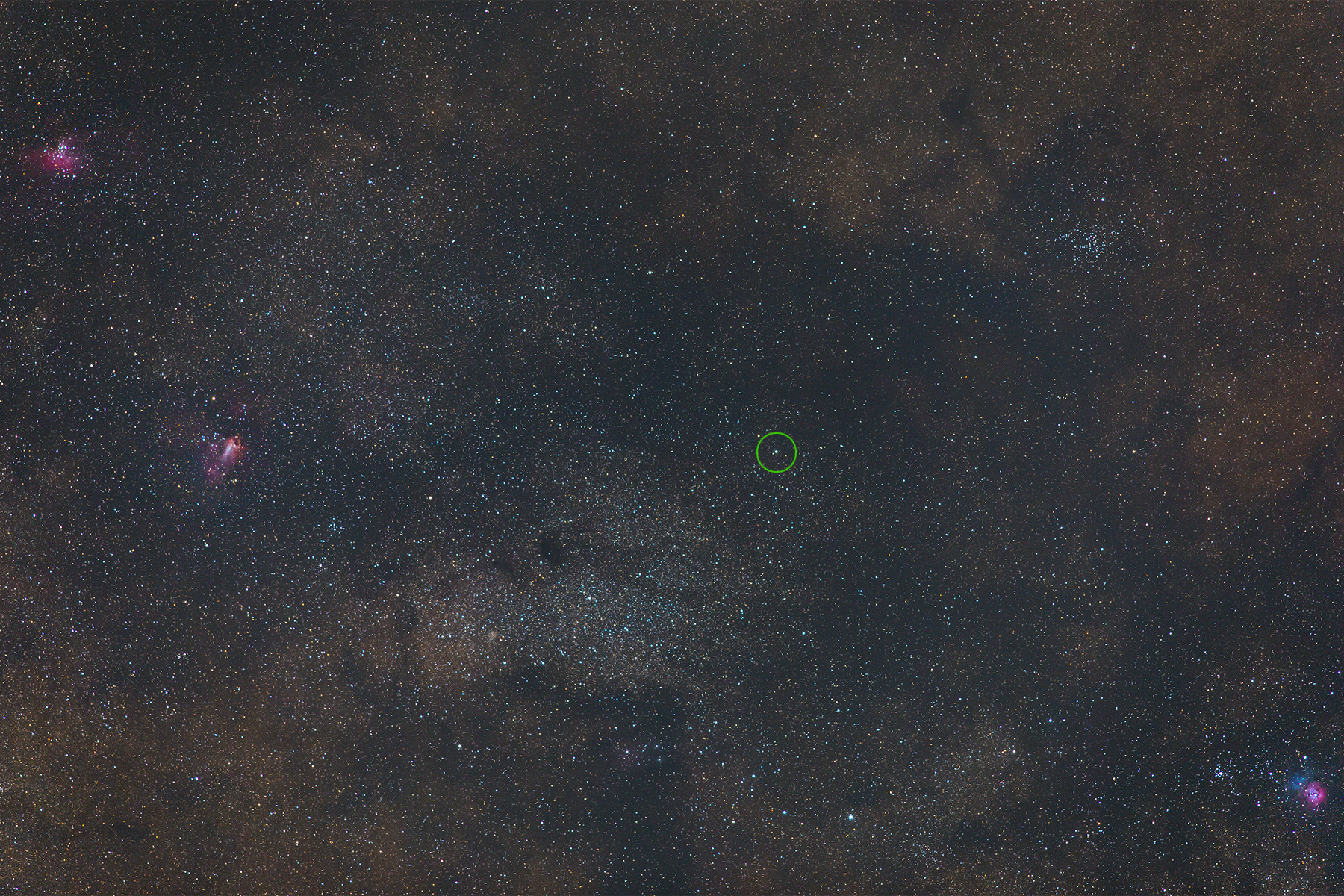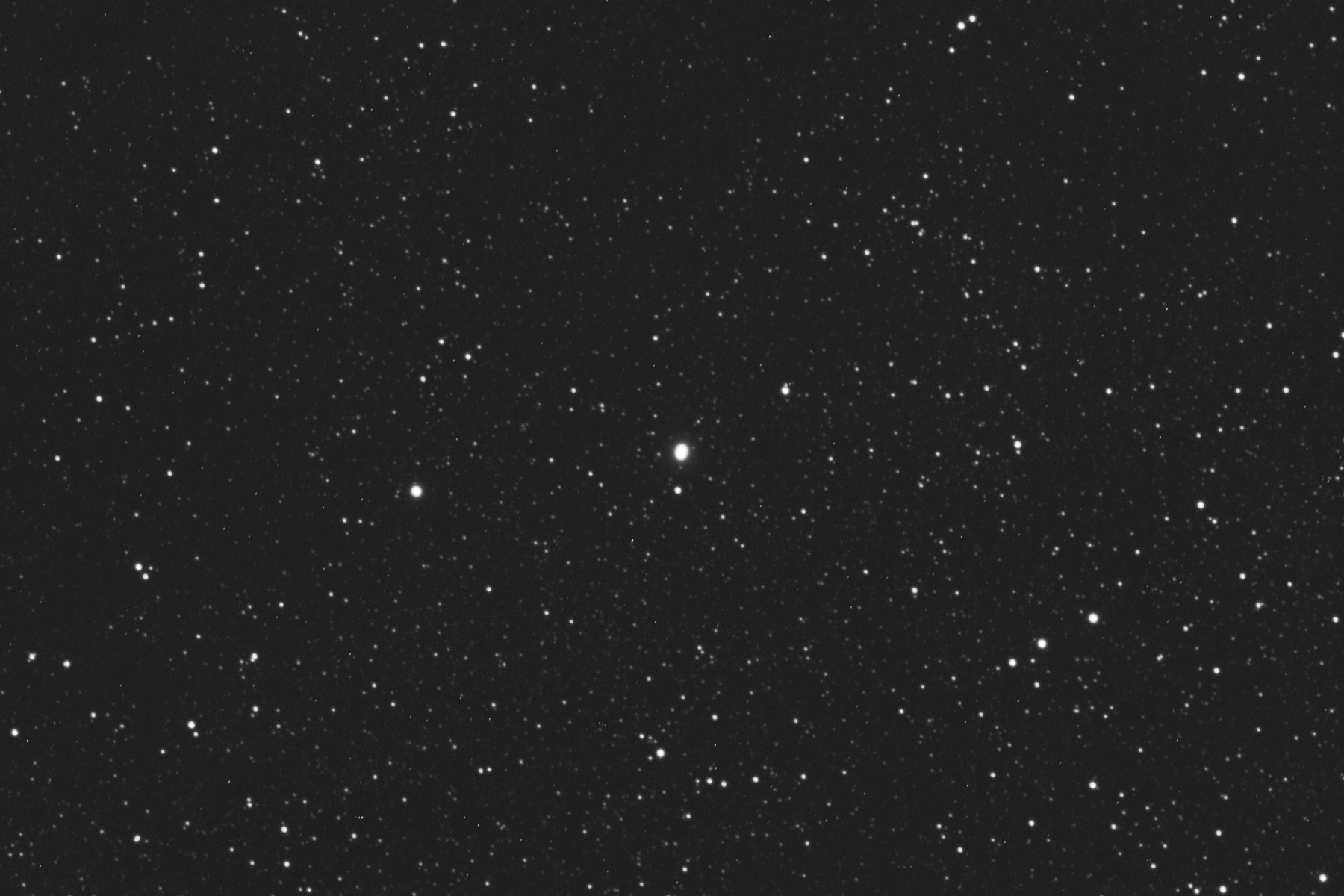The asteroid 4 Vesta is the second largest object in our solar system's asteroid belt. The largest object in the asteroid belt, Ceres, is considerably bigger but Vesta is quite a bit brighter. This is due to its surface composition making it highly reflective, thereby affecting its albedo.
On June 19th, Vesta will be the brightest it's been in two decades! Other planets and asteroids in our solar system appear brightest to us when they are closest. This is usually at a geometric arrangement called opposition. That simply means that the Sun appears on one side of the Earth and the other object is on the other side of the Earth. If you could draw a line connecting the Sun, Earth and the other body, this time Vesta, it would be a straight line with Earth in the middle.
Vesta is currently making its way through our southern sky, through the constellation Sagittarius and heading toward Ophiuchus. It's already fairly bright and should be visible to the naked eye under a dark sky. When it's at opposition, (again, on June 19th) it will be even brighter at about magnitude 5.3. That's pretty amazing for a planetoid beyond the orbit of Mars! It will also be pretty close to Saturn, making it easier to spot.
Here's an unimpressive image of it from June 2nd:
Here's a closer view:
And here's a much wider view of it, letting you see its location in relation to familiar objects like the Eagle Nebula (M16), the Swan Nabula (M17), the Trifid Nebula (M20) and the open star cluster M23.
On June 19th, Vesta will be the brightest it's been in two decades! Other planets and asteroids in our solar system appear brightest to us when they are closest. This is usually at a geometric arrangement called opposition. That simply means that the Sun appears on one side of the Earth and the other object is on the other side of the Earth. If you could draw a line connecting the Sun, Earth and the other body, this time Vesta, it would be a straight line with Earth in the middle.
Vesta is currently making its way through our southern sky, through the constellation Sagittarius and heading toward Ophiuchus. It's already fairly bright and should be visible to the naked eye under a dark sky. When it's at opposition, (again, on June 19th) it will be even brighter at about magnitude 5.3. That's pretty amazing for a planetoid beyond the orbit of Mars! It will also be pretty close to Saturn, making it easier to spot.
Here's an unimpressive image of it from June 2nd:
 |
| Asteroid 4 Vesta as seen on the evening of June 2, 2018 at about 11:15PM PT. |
Here's a closer view:
And here's a much wider view of it, letting you see its location in relation to familiar objects like the Eagle Nebula (M16), the Swan Nabula (M17), the Trifid Nebula (M20) and the open star cluster M23.
 |
| With the wide field of a 200mm lens, asteroid 4 Vesta appears as just another star among the millions of others. Of course, it's nothing like the stars that seem to surround it. |

Comments
Post a Comment